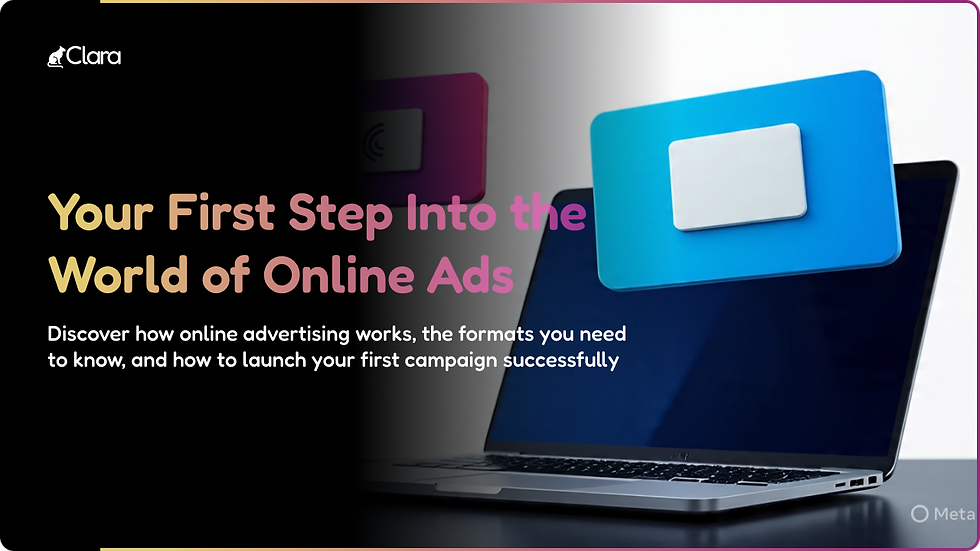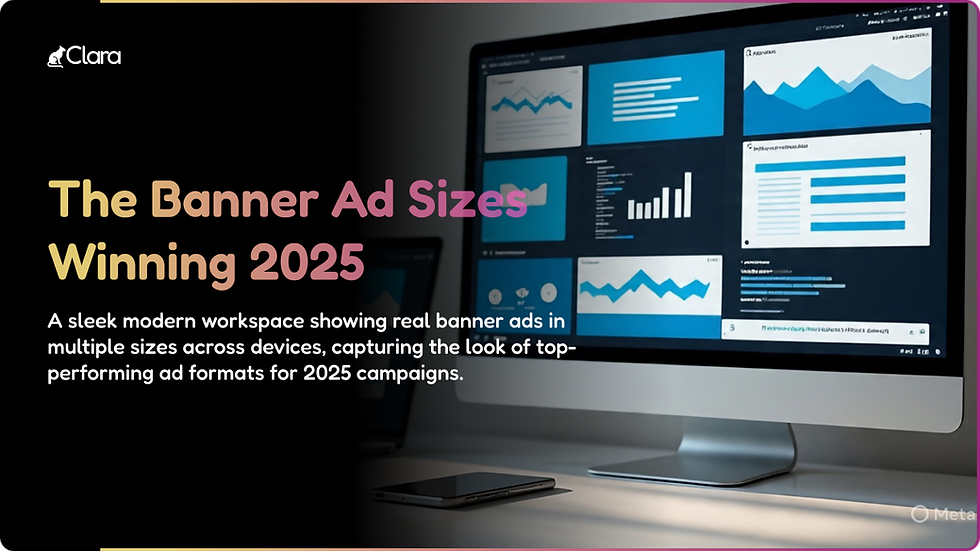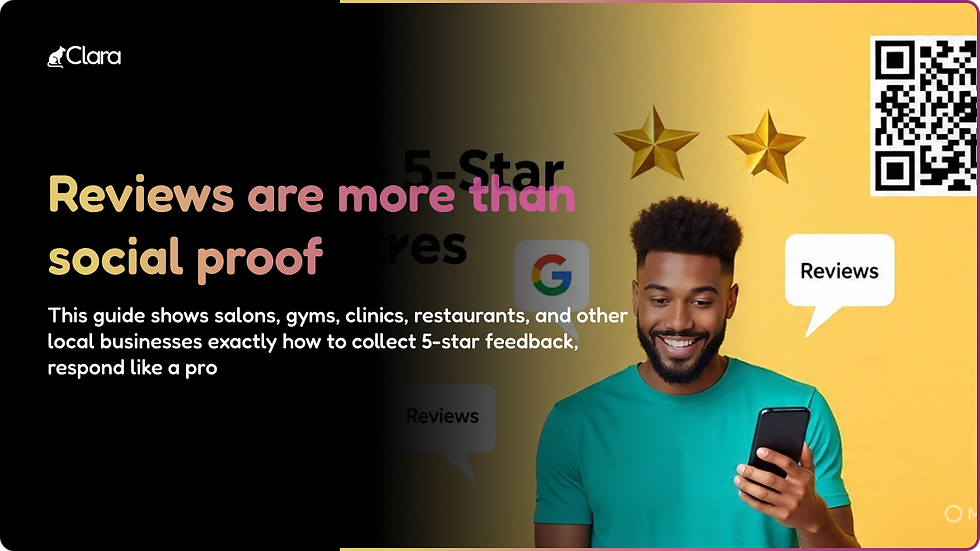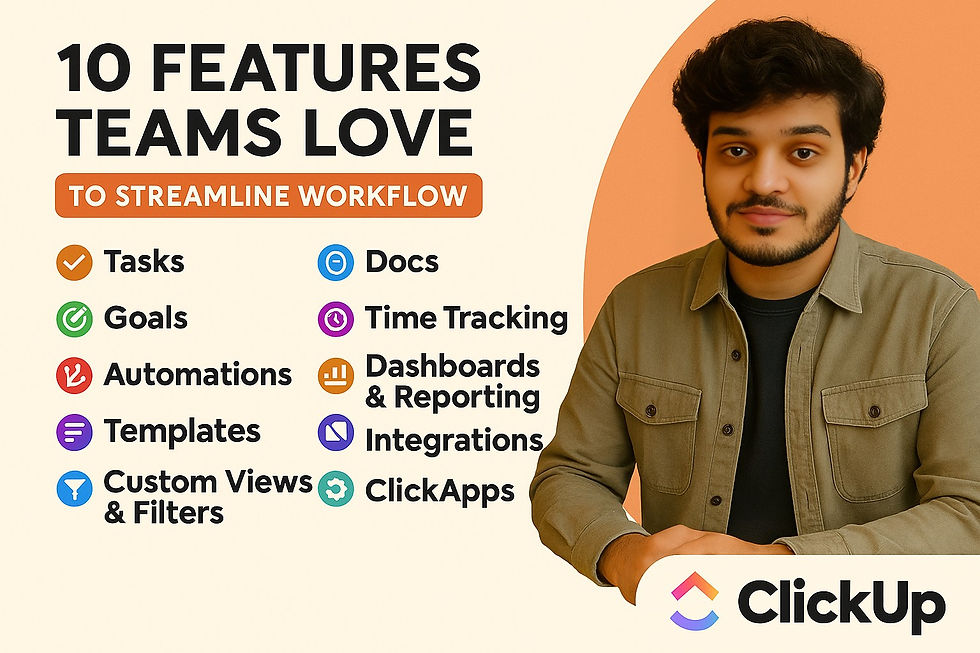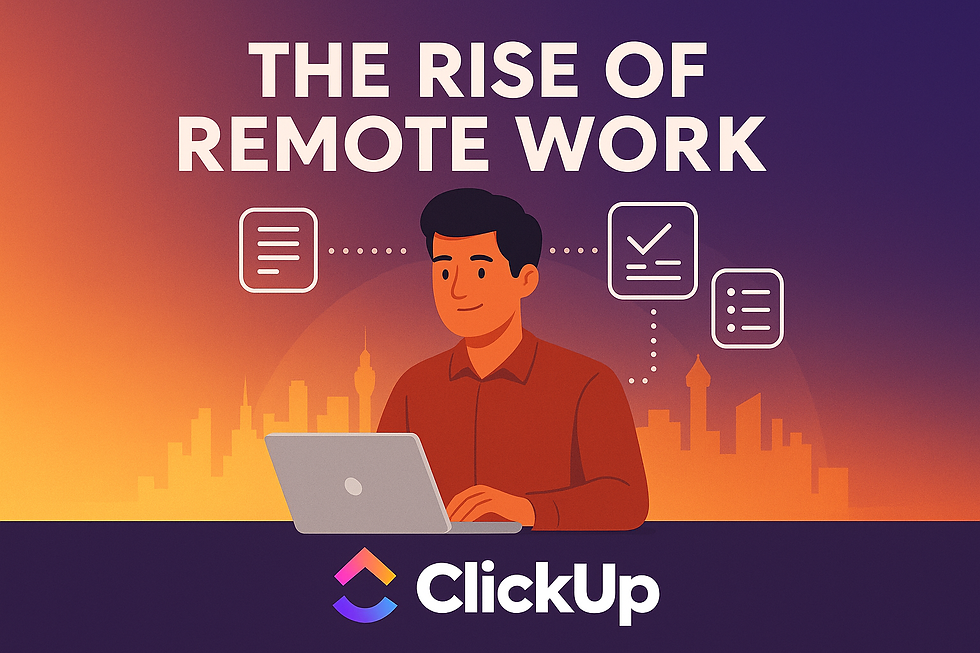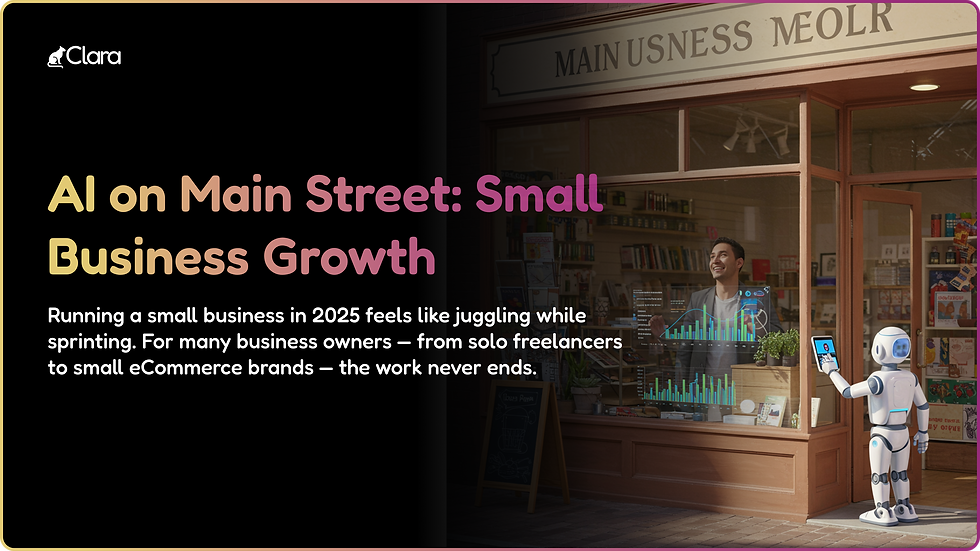- Dravya Bansal
- Sep 12, 2023
- 13 min read
Want to start your own business, build your brand, and create a passive income? Print on demand (POD) makes your first steps in eCommerce a lot simpler (see our guide on what is eCommerce).
But finding the right POD partner is paramount. Aside from carrying the right products, your POD partner must be relatable, adaptable, and compatible with your way of running business. Whether you prioritize a fast turnaround, or stellar customer service, your print on demand partner must match these goals.
To help you out, we’ve gathered a list of the top POD solutions on the market, as well as tips for selecting the right one.
01. Modalyst
Rated the top dropshipping software by Fast Company, Forbes, and others, Modalyst is a longstanding leader with newly minted print-on-demand capabilities. Its POD capabilities, powered by Kornit, are dedicated to supporting sustainable practices and still ensuring high-quality, on-demand prints.
It flaunts a wide range of products and suppliers, including brand names, and can accommodate fast domestic shipping across the U.S. and Europe. Today, Modalyst serves more than 350,000 eCommerce stores. It was acquired by Wix in 2021 and integrates directly with any Wix eCommerce store.
Product selection: Modalyst offers an impressive selection of products, including home accessories, clothes, pet toys, accessories, jewelry, makeup, and purses. Get access to high-quality (and highly vetted) suppliers that can ship orders to your customers quickly and reliably.
Pricing: Modalyst’s free plan includes unlimited orders and access to all of its core platform features. However, you will be limited to non-premium suppliers and 25 products. A Start Up plan at $35/month raises the product limit to 250. The Pro plan at $90/month will let you work with premium suppliers and benefit from shorter shipping times with no product limits.
Production and fulfillment: Because Modalyst has so many products already in stock, it can fulfill most orders in one to two business days. Modalyst also works with a multitude of U.S. and E.U. suppliers that can also fulfill POD orders quickly.
Special features: Supplier management tools, digital purchase orders, formatted product lists, branded invoices, seamless integration with Wix eCommerce
Pros
Access to both “ready to sell” and POD products on the same platform
High-quality products from well-known, highly rated manufacturers
One-click integration with many online stores, including Wix eCommerce
Free plan available
Cons
Monthly plan required to take advantage of premium benefits
02. Printful
Another incumbent POD software, Printful prints its products in-house and prides itself on quality workmanship. With Printful, you get your own storefront. Printful additionally enables easy integration with platforms like Wix eCommerce and marketplaces like Etsy and eBay.
You can choose from a wide variety of designs or make your own, using its graphic design, photography, or video-making services as needed for self-publishing capabilites. Established businesses often prefer to have their own branding on products. Being geared toward entrepreneurs and businesses, Printful provides high-quality white label products with customization options for labeling and packaging.
Product selection: Choose from hundreds of premium products across various categories, including apparel, phone cases, homeware, and jewelry. Printful offers a line of eco-friendly products for consumers and merchants interested in sustainability and the environmental issues involved in retail businesses.
Pricing: Printful is a free-to-use platform with no minimums. Products are priced per item, so you only pay for what you sell. You can use Printful’s helpful pricing calculator to decide which prices—and margins—will work best for your type of business. You can alternatively buy from Printful in bulk, should you prefer.
Production and fulfillment: Printful offers warehousing services in addition to its POD/dropshipping services. POD products are shipped as quickly as two days for efficient logistics management. Meanwhile, its global network of in-house and partner facilities unlocks worldwide shipping at competitive rates.
Special features: Creative services, white labeling, custom packaging, branded pack-ins, local fulfillment, product personalization tool
Pros
Bulk order and monthly volume discounts
Eco-friendly products for niche markets
In-house printing and high quality assurance
Ready-made integration with Wix eCommerce and other online stores
Pre-made designs and a mockup generator
Cons
Higher production fees than some other print-on-demand companies
Narrower product line compared to some other print-on-demand services
03. Printify
Printify is another veteran in the game. They provide a large variety of custom-designed apparel, homeware and accessories, covering all classic print on demand products. You can also design your own products, maintaining ownership of your designs.
Though Printify doesn’t offer you a storefront of your own on their site, it does integrate and automatically sync with online store platforms and marketplaces, including Wix eCommerce.
As a platform that caters to business-minded designers and artists, Printify allows you to order samples of your custom products. This way, you can ensure you’re satisfied with the quality of both the products and printing before you dive in and start selling.
Product selection: Printify offers more than 600 products, including a large variety of custom-designed apparel, homeware, and accessories.
Pricing: Printify’s free plan allows up to five online stores per account with unlimited designs and no minimums. Premium accounts go for $24.99/month and allow up to 10 stores with unlimited product designs and a 20% discount on all products. Enterprise accounts are reserved for merchants who receive more than 10,000 orders per day. Pricing is customized. At every tier, Printify gives you fixed prices for products and shipping, so you’ll always know your expenses and can price accordingly.
Production and fulfillment: Printify lets you choose from multiple print providers worldwide, so you have more control over your margins and can reduce your risk of out-of-stocks. By choosing a printer that’s located nearby your customers, you can benefit from fast shipping times. Printify additionally offers warehousing for any of your store’s products, be it items manufactured by other POD platforms or local manufacturers.
Special features: Global print network, Experts Program
Pros
Some of the lowest prices in the industry
Bulk order discounts
Easy integration with Wix eCommerce and other online stores
Free design tools and mockup generator
Cons
Fewer branding options compared to some other POD companies
Quality may vary depending on printer chosen
Monthly subscription required if you have more than five online stores
04. Redbubble
Redbubble self-declares itself as the world’s largest on-demand marketplace for independent artists. It offers its own marketplace and doesn’t integrate with other online stores or marketplaces. This may make Redbubble less appealing to those who already operate a store online or aspire to sell on multiple sales channels.
However, if you’re an artist looking to sell custom merchandise, this platform may be perfectly suited for you. Redbubble provides you with your own storefront on the site, which you can customize to fit your brand.
As a marketplace, Redbubble may help you get found by your first customers. You can upload your artwork and choose from a number of products. Once someone buys a product with your design, you get paid. You also maintain 100% ownership of your design. Note that Redbubble excludes some of the useful extras provided by other POD websites, such as graphic design services or a mockup generator.
Product selection: Redbubble’s product catalog includes the most popular categories, including clothing, accessories, homeware, and gifts. It is uniquely tailored towards those looking to make money as an artist.
Pricing: Redbubble is free to join and lets you determine your own profit margins on top of a base price, which is set for each product. You get paid once a month as long as you’ve earned the minimum of $20. If you haven’t, your payment will carry over to the next month. Payments can be made to your bank account if you live in the U.S., UK, or Australia—or via PayPal if your business is located elsewhere.
Production and fulfillment: Redbubble ships worldwide and accepts free returns from its shoppers, akin to how other third-party marketplaces operate.
Special features: Worldwide shipping, local 24/7 support and free shipping for Redbubble shoppers, marketplace that attracts more than 5.3 million unique shoppers
Pros
Well-liked by independent artists looking to sell custom merchandise
Marketplace setup may make it easier to find customers
You can determine your own profit margin
Anti-piracy and watermark features to prevent stealing of designs
Cons
No integration with other online stores or marketplaces
Does not include tools like graphic design services or mockup generators
05. Society6
Society6 differentiates itself from other print on demand sites by being all about the art and the artist. In addition to offering classic products that can be found on other POD services, they offer a wider range of printed art options, including frames and stretched canvases. The site also houses a vibrant community of artists, so you can engage and receive feedback from both creative peers and customers.
Society6 operates as its own marketplace, without providing an integration with other online stores or marketplaces. When you sign up, you get your own shop on the site. You can customize your stores and upload your own designs. Though Society6 may use your artwork to promote their brand, you maintain ownership of it.
Product selection: On Society6, you can sell wall art, home decor, apparel, tech, and more. Marketplaces buyers can choose from a variety of canvas types and frames when buying printed artwork.
Pricing: Society6 is free to use. However, you have less control over pricing than with some other print-on-demand companies. Society6 sets the retail price, and you get 10% of that price when your products sell. This excludes printed art, for which you can set your own profit margin. Artists get paid via PayPal on the first of each month, with a 30-day clearance period, so you’ll receive your payment one to two months after you make a sale.
Production and fulfillment: Society6 lists its U.S. shipping times as five to 10 business days (standard), two to three business days (expedited), or one to two business days (rush). This is in addition to a standard production time of three to four business days for most items.
Special features: Community of more than 350,000 independent artists, brand collaboration network
Pros
Great for emerging new artists
Gives your artwork visibility to other shoppers on the marketplace.
Offers networking opportunities available through online community of artists
Cons
No integration with other online stores or marketplaces
Less control over profits due to fixed commission rate
06. Zazzle
Zazzle differentiates itself by offering greater personalization options compared to other platforms. For example, once selecting your design, shoppers themselves can decide on the product’s color, material, and style prior to purchasing.
Like others mentioned above, Zazzle is a print-on-demand marketplace. That means it doesn’t integrate with third-party marketplaces and online stores. Upon signing up for the marketplace, you’ll be asked whether you’re one of the following roles:
Designer – You plan on uploading your designs and dropshipping them via the platform.
Maker (by invitation only) – You plan on selling your own manufactured goods that can be customized and purchased through Zazzle. You handle production and shipping.
Both designers and makers retain ownership of their designs. Zazzle additionally offers an associates program, where you can earn a percentage of sales when you promote Zazzle products on your blog or other channel.
Product selection: Zazzle offers a variety of personalized gifts, custom products, and digital design options. It’s a good outlet for eCommerce business owners who sell products geared toward corporate fundraisers, weddings, or birthday parties.
Pricing: Signup is free. Designers can set their prices at 5% to 99% above Zazzle’s base price. Associates receive a 15% commission on sales made through their affiliate marketing efforts. Payouts are issued on the first of every month with a 30-day clearance period.
Production and fulfillment: Zazzle promises four to seven business days for standard shipping, and two to three business days for premium shipping.
Special features: Associates program, lots of personalization options for Zazzle customers, marketplace that attracts 30 million customers
Pros
High levels of personalization for the end buyer
Unique products geared toward specific audiences
Officially licensed products from large brands like Disney
Cons
No integration with third-party marketplaces or online stores
07. Gelato
Gelato is a fast-growing print-on-demand company that’s designed to give eCommerce businesses a competitive differentiator: speed. It promises to deliver most orders within 72 hours, allowing businesses to compete with the likes of Amazon.
A fully integrated solution for customized print products, Gelato is great for entrepreneurs, creators, and even enterprises. Gelato fully integrates with multiple online stores, including Wix eCommerce, and third-party marketplaces. Because it prides itself on its ability to facilitate local delivery, Gelato offers a more sustainable solution for artists and creators who are interested in reducing their overall carbon footprint.
Product selection: Gelato offers more than 90 popular product types, including apparel, wall art, mugs, photo books, and stationery.
Pricing: Signup is free with no minimum purchase. You only pay for what you produce. However, Gelato’s product prices do not include shipping. On the other hand, Gelato’s subscription-based plans offer shipping discounts. For example, Gelato+ ($14.99.month) offers 30% off all standard shipping and 50% off shipping once you hit 50 orders a month. Gelato+ Gold ($999/year) offers three months of free global shipping, 30% off shipping for the first 49 orders/month, and 50% off shipping for each order above 50/month.
Production and fulfillment: Gelato offers local production with more than 100 print partners in 33 countries.
Special features: Sandbox environment, 24/7 customer support, sustainable source materials, next-day production, 100% quality guarantee, prepaid wallets, white label payment solution, local currencies
Pros
Products produced locally and delivered within 72 hours
Fully integrates with online stores and third-party marketplaces
Intuitive design editor
Cons
Product prices don’t include shipping
Need premium subscription to access special fonts and additional graphics or stock images
08. Gooten
Gooten bills itself as the perfect print-on-demand company for eCommerce brands that want to scale. On Gooten, you can sell your own designs or sell another artist’s designs with his or her permission. It’s possible to integrate Gooten with online stores. However, you may need a developer’s help to integrate using the Gooten API.
With a simple user interface and automated order tracking solutions, Gooten is becoming a popular option among many merchants. It offers efficient production and shipping times, and it’s gaining a reputation for quality packaging for fragile items like mugs, ceramics, and glassware.
Product selection: Gooten offers more than 150 product lines, including apparel, wall art, drinkware, homeware, stationery, and products geared toward babies and pets.
Pricing: Signup is free with zero membership, monthly, or setup fees. You only pay when a customer places an order. Gooten does offer paid partnerships under its VIM (Very Important Merchant) loyalty program. These are paid programs with customized pricing, so you must talk to a sales representative at Gooten to activate them.
Production and fulfillment: Gooten boasts more than 70 global routing locations, with an average of 1.7 production days and 3.8 shipping days. A majority of its products are printed in the U.S., although Gooten does offer international fulfillment options as well.
Special features: Automated delivery system, global routing locations, VIM loyalty program (with access to solution consultants, reports, and more)
Pros
Integrates with most major platforms
Faster production and shipping times than some other print-on-demand companies
Highly rated customer support
Less than 2% error rate and 95% ship-on-time rate (source: Gooten About Us)
Cons
May need a developer to assist with integration to your online store
Must contact sales to unlock premium features and packages
09. Printy6
When it comes to print-on-demand companies, you could say that Printy6 puts its best foot forward. While it’s well known for its apparel products, it’s most popular among eCommerce merchants who want to sell custom sneakers, boots, and other footwear.
Printy6 integrates with many online stores, including Wix eCommerce stores, through a free app. It’s known for offering competitive pricing, with many products priced cheaper than you’d find on other print-on-demand sites. It uses high-quality fabrics and an environmentally friendly printing process, plus offers a money-back guarantee if you run into quality issues. More than 300,000 merchants partner with Printy6.
Product selection: Printy6 offers a wide range of apparel products, from shirts and hoodies to shoes and leggings.
Pricing: The Printy6 app is free to use, with no minimums required.
Production and fulfillment: Printy6 ships internationally to more than 230 countries. Most of their products are shipped from Eastern Asia, which may create longer fulfillment times compared with other print-on-demand companies. However, according to the Printy6 website, the company is building warehouses in Europe and the U.S. Average production time takes between two to five days, while delivery time ranges from 10 to 20 days.
Special features: Real-time transaction monitoring, forecasting tools, bulk purchase discounts, money-back guarantee for quality issues
Pros
Easy online store integration via a free app
Cheaper product prices compared to other print-on-demand companies
Customizable brand packaging
Cons
Product selection is more limited than other print-on-demand sites
Longer fulfillment times compared to other print-on-demand companies
How to pick the right print-on-demand company
Choosing a print-on-demand partner is one of the most important decisions you’ll make on your journey. Be sure to give yourself the time you need to conduct thorough research. Some questions to consider as you weigh the best print-on-demand companies:
How good is print quality?
Can I sell my POD products via my online store and all my preferred channels?
How much do they charge for shipping?
Will they ship internationally?
Where are fulfillment centers located?
How much are shipping and production costs?
How fast can they produce and ship products?
Do they charge a subscription fee? How will that fee impact my profit margins?
How long will it take for me to get paid?
Do they have a tool that lets me easily design products?
Can I customize my products the way I want?
Do they offer eco-friendly products?
Do they use sustainable or organic printing practices?
Do they charge order minimums?
Do their products match what my target market is looking for?
What about content infringement issues with print on demand?
Do they control the copyright and handle royalty payments?
Is upselling an option with print on demand?
Can they manage private label print on demand items?
Are pre-orders an option?
The answers to these questions can help point you to the right partner and get business rolling.
How printing on demand works
Print-on-demand sites let you customize white label products with your own designs. Sell t-shirts, bags, mugs, books, and other popular POD products. Simply upload your designs, connect your POD service of choice with your eCommerce website, and you’re ready to start selling – you still control the point of sale.
One of the great things with print-on-demand services is that they operate as dropshipping platforms. That means you can sell your custom merchandise on a per-order basis, without needing to invest in inventory. To make things even more convenient, these services handle order fulfillment and shipping for you, making the entire process as hands-off as possible.
Most on-demand printing websites are free to join. You only pay when you generate an order. However, some POD companies have started to introduce premium tiers with monthly subscription fees that give you added benefits, such as shipping discounts or added graphic design capabilities.
There are two main types of print-on-demand companies:
Print-on-demand marketplaces – Sites like Redbubble, Zazzle, and Society6 that will add your customized products to their websites. You then earn a commission on each sale, often between 10% to 15%. A print-on-demand marketplace is a good choice if you don’t want to build your own online store. However, selling on a marketplace also means you’re selling your goods alongside those from multiple other vendors, increasing the competition level you’ll face.
Print-on-demand services – This includes names like Modalyst, Printful, and Printify, which allow you to sell your products on your own online store and/or third-party marketplaces. In this model, you pay the print-on-demand service for the costs of creating and shipping your product. You then keep the profits from the sale, minus whatever platform and marketplace fees you may owe. A print-on-demand service is a wise choice for eCommerce business owners who already have an online store and want to expand their product offerings.
Ready to get started? Kick your print-on-demand business into high gear with Wix’s print-on-demand solution.




